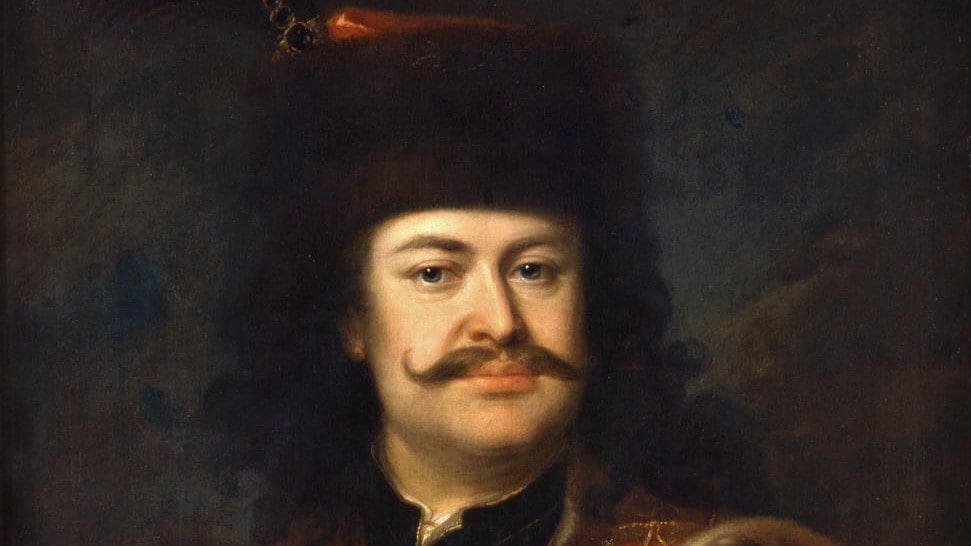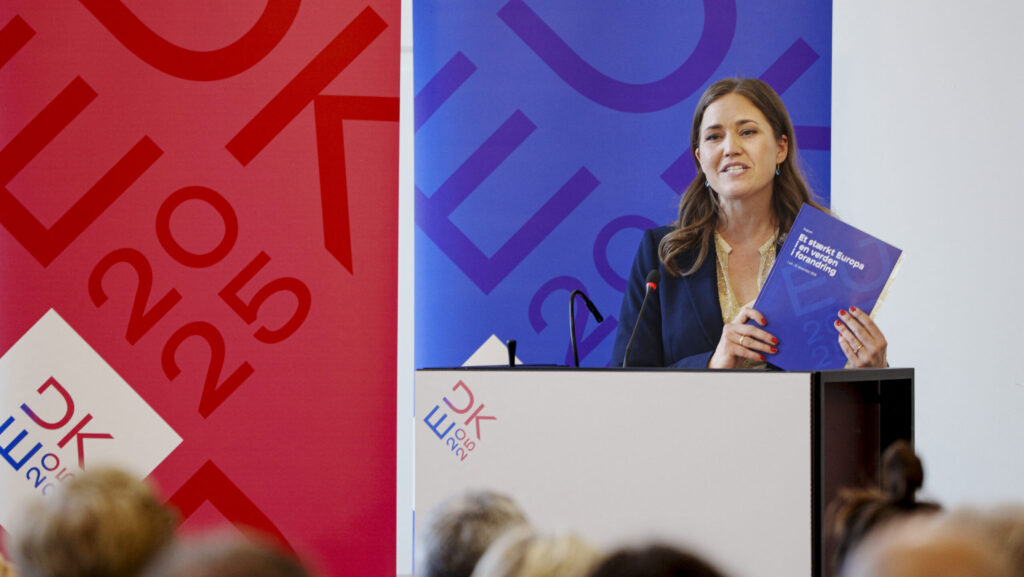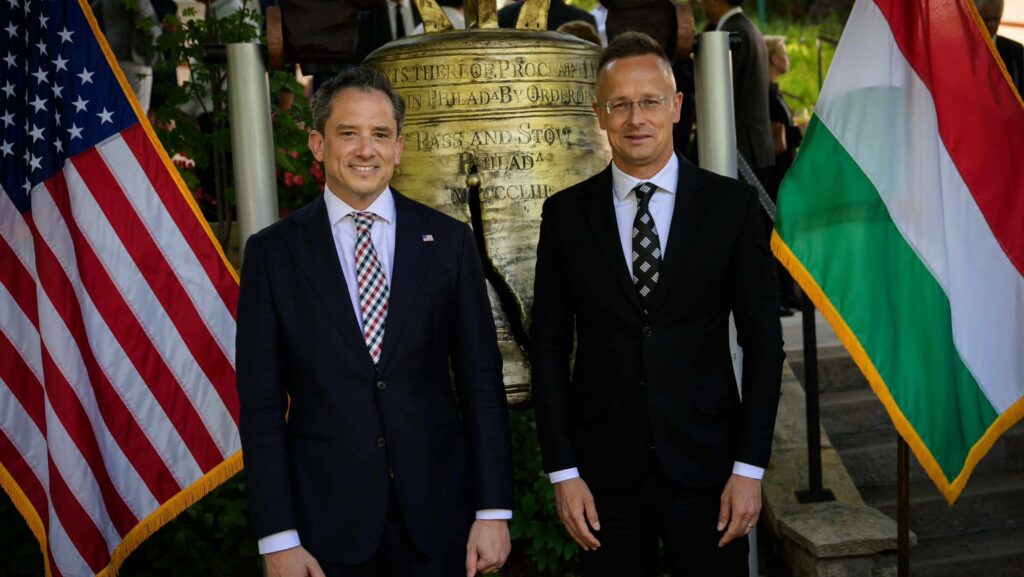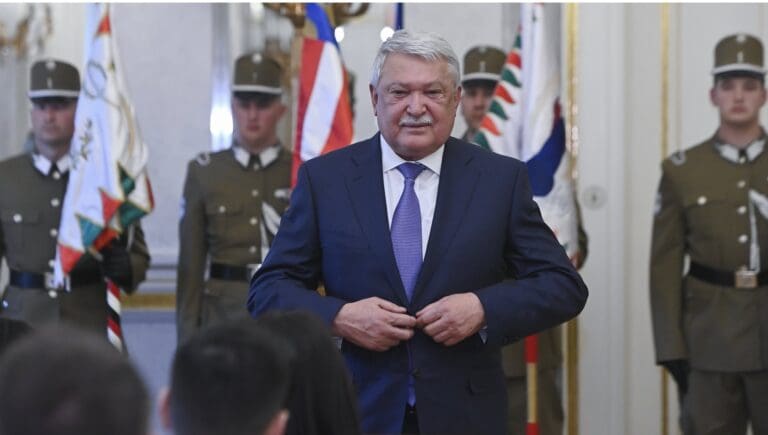Between 1526 and 1867, Hungary was de facto part of the Habsburg Empire. While it enjoyed wide autonomy within this framework—in theory being an independent kingdom—many policy areas were directed by the Vienna Court. Therefore, it is natural that its politics was dominated by the question of its relation to the Habsburgs. Supporters of the Court mostly hailed from conservative aristocratic background, but for a brief period of time, their ranks also included radical reformists, the so-called ‘josephinists’, who wanted to impose modernity on Hungary via the arbitrary resolutions of Emperor Joseph II. On the other hand, the court’s opponents could also stem from the ranks of both conservative and liberal nobility.
Examining the dynamics between pro-, and anti-Habsburg Hungarians can help us understand present-day debates between federalist or pro-European and Eurosceptic Hungarians.
The Labanc and the Kuruc — Meaning and Etymology
The word ‘labanc’ traditionally denoted Habsburg troops, mainly Austrian imperial soldiers, garrisoned in Hungary. However, it is frequently used, as it is in this essay, to describe pro-Habsburg, loyalist Hungarians. In the Marxist and radical nationalist jargon it is also used as a slur to imply someone being unpatriotic or treacherous. Lately, especially in political discussions, it has also started to denote pro-European and/or pro-Habsburg monarchist persons. The few active monarchist groupings (such as the Hungarian Kingdom League) have gladly embraced the label. Interestingly, Fidesz politician Tibor Navracsics also called himself ‘labanc’ in one of his interviews.
Traditional, mostly Protestant and nationalistic historiography often condemned the labanc as traitors. However, for others, prominently Gyula Szekfű, it meant cautious and responsible politicians, who did more for Hungary than the rebels.
In juxtaposition to the labanc, the ‘kuruc’ were the opponents of Habsburg rule, in other words rebellious nationalists. In contemporary usage the word refers to those who oppose Brussels or other international organisations.
The etymology of labanc is muddy. It could derive from the adjective ‘loboncos’, which translates roughly as ‘moppy’, a demeaning expression mocking those wearing a wig, in fashion at the Vienna Court of the time. Another explanation is that it is a distorted version of ‘le blanc’, meaning ‘white’ in French, in reference to the white coats of the Habsburg infantry.
The origin of the term kuruc is clearer. It most likely comes from the Latin word ‘crux’, meaning ‘cross’, since the kuruc movement saw the 1514 peasant rebel-turned crusader troops as their ideological predecessors.
The Ottoman Rule
During the centuries of the Ottoman rule in Hungary, the kuruc–labanc opposition was barely nascent. The Ottomans were the common enemy, and the Habsburgs only ruled the westernmost part of Hungary.
During these centuries, sectarian conflict was more significant. Protestants struggled to gain equal rights, while Catholics tried to suppress them. This conflict, however, also impacted the emerging kuruc–labanc dichotomy.
Protestant noblemen were more likely to turn against the Habsburgs, who embraced Counter-Reformation,
while the Catholic aristocracy remained loyal to the court. The sporadic anti-Habsburg uprisings, as well as the wars waged on Austria by the Princes of the independent Transylvania (of which the most prominent ones were István Bocskai and István Bethlen) always featured the demand of Protestant emancipation prominently. Therefore, the Protestant, mostly Calvinist nature of the kuruc movement, and the Catholic, aristocratic character of the labanc faction was already in formation.
This fault line cracked open after Hungary was liberated from the Turkish rule in the late seventeenth century. From 1671, after the anti-Habsburg Wesselényi Conspiracy was suppressed, masses of hiding rebels would occasionally attack Habsburg troops. With Turkish assistance, their leader, Imre Thököly, was even able to establish a principality in Northern Hungary. It is a letter by an Ottoman pasha during this conflict in which these insurgents are referred to as kuruc for the first time.
When the Ottoman client state of Thököly was dismantled, pockets of kuruc resistance survived. Furthermore, in 1697, another large scale kuruc uprising occurred around Hegyalja in north-eastern Hungary. Although it was swiftly suppressed, the grievances that had prompted the rebellion remained. For one, the territories liberated from Turkish rule were not reintegrated into Hungary, but were kept under effective military occupation by Vienna. Both noblemen and peasants were often blocked from returning to their lands, with the Court donating them to German settlers or labanc aristocrats. These developments turned many of the originally loyal estates against the Habsburgs as well.
In 1703, the Rákóczi Uprising, also known as the War of Independence broke out, led by Prince Ferenc Rákóczi, son of Thököly.
The Rákóczi Uprising and the Feudal ‘Parties’
The Rákóczi Uprising lasted from 1703 to 1711. This War of Independence saw the temporary liberation of most of Hungary from the Habsburg rule. However, the ranks of the rebels were not united. The kuruc troops sought total independence, which was briefly declared in 1707, electing Rákóczi as ruling Prince of Hungary. Rákóczi ,however, wanted to create an absolutist state, based on his personal power, much akin to that of Oliver Cromwell. As a result, most of the estates started to seek compromise with the Habsburgs, especially as originally, the nobility had sought to strengthen the rights and privileges of Hungary within the empire. Eventually, in the absence of Rákóczi, a peace deal was struck with the Habsburgs. Hungary was reintegrated into the empire as a de jure independent kingdom, governed by its own laws and customs. The court also promised to respect the religious freedom of the Protestants. The nobility could keep its privileges, and the kuruc troops were granted amnesty. In turn, the nobles and the ranks swore allegiance to the Habsburgs.
Between the end of the uprising in 1711 and the 1848 Revolution, the kuruc–labanc opposition became a political debate.
In the eighteenth and early nineteenth centuries, the kuruc and labanc opposition was generally manifested in the two main factions of the Diet of the estates. As explained in our earlier article, the so called ‘aulicus’ party was that of aristocrats loyal to the Habsburgs. Members of this faction usually supported the initiatives of the court and tried to avoid confrontation. In this way, this group was similar to the British court party. Opposed to them stood the so called ‘gravaminalist’ opposition of disgruntled lower nobles. This faction bitterly clung to the fiction of legal independence, trying to maintain and expand the autonomy of Hungary. This party often opposed any and every resolution of the King, seeing default opposition as their patriotic duty. They did not seek revolution anymore, however, accepting the individual Habsburg rulers as Kings of Hungary, while using the traditional framework of filing grievances with the Crown—hence the name of the group.
A Political and Sociocultural Conflict
To sum up, the conflict between the kuruc and labanc faction was both political and sociocultural. The kuruc faction was recruited from the ranks of the predominantly Calvinist lower nobility, disgruntled by the Catholic and often absolutist ‘foreign’ rule of the Habsburgs. On the other hand, the labanc faction was dominated by the mostly Catholic higher aristocracy, who were satisfied with their own situation, as well as that of Hungary. The kuruc (and later ‘gravaminalist’) party wanted to improve the situation of the lower to mid-level nobility by bolstering the autonomy or independence of Hungary. This way they were the more nationalistic, but also often the more backward-looking of the two groups, while the labanc (and later ‘aulicus’) faction wanted to preserve the power of the aristocracy, and the status quo, and thus supported the Habsburgs, whether they were the more progressive or the more conservative force.








